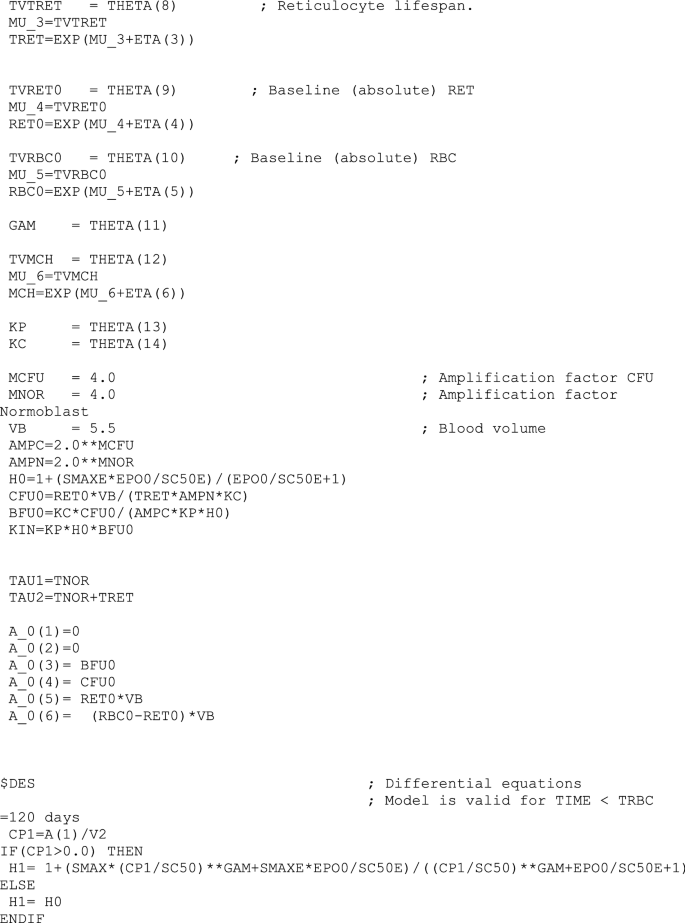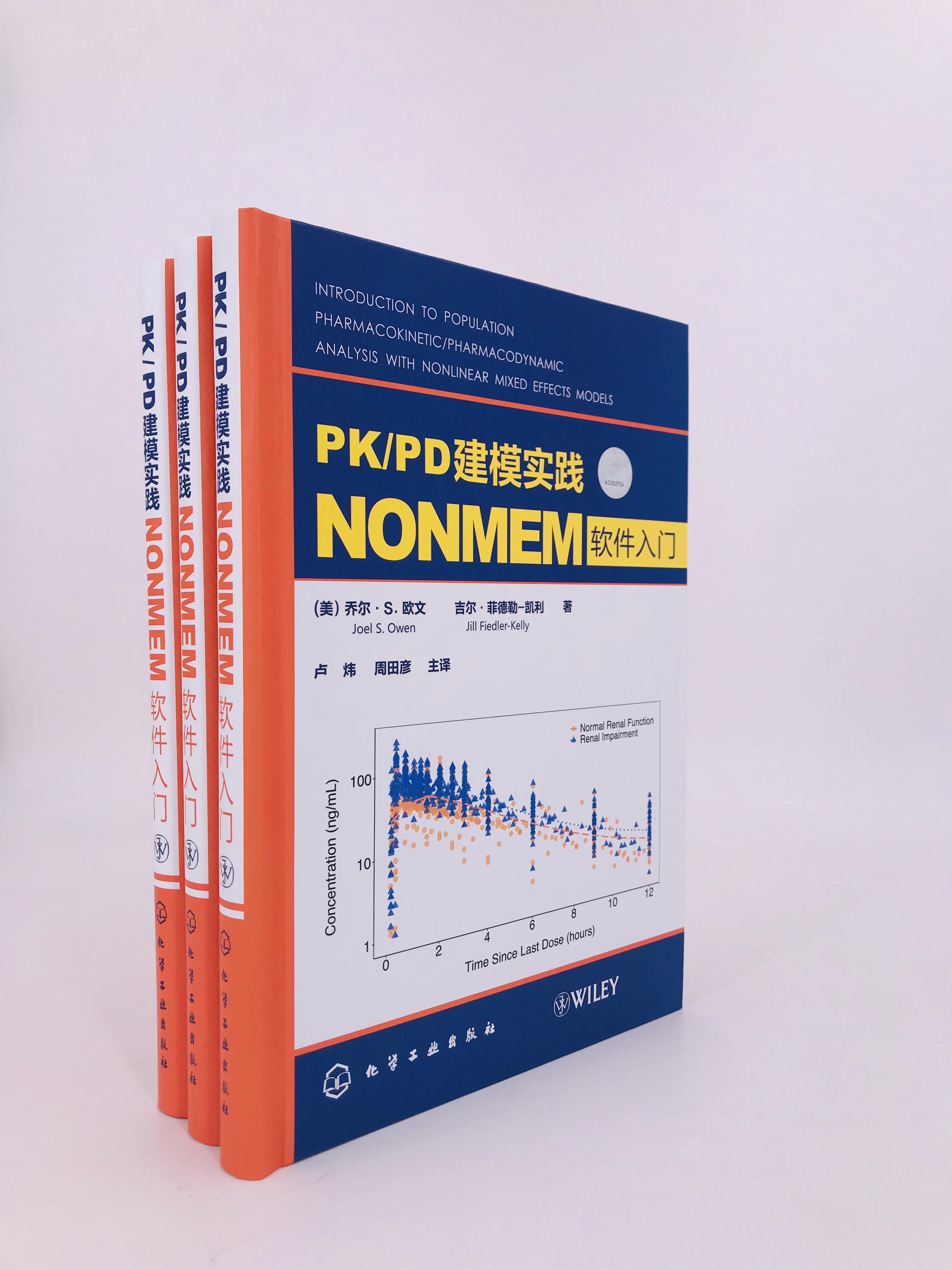

Upton, Interactive Pharmacometric Applications Using R and the Shiny Package, CPT: Pharmacometrics & Systems Pharmacology, vol. Jonsson, Perl-speaks-NONMEM (PsN)?a Perl module for NONMEM related programming, Computer Methods and Programs in Biomedicine, vol. Karlsson, Xpose?an S-PLUS based population pharmacokinetic/pharmacodynamic model building aid for NONMEM, Computer Methods and Programs in Biomedicine, vol. Danhof, Extensions to the Visual Predictive Check to facilitate model performance evaluation, Journal of Pharmacokinetics and Pharmacodynamics, vol. Zhang, Standardized Visual Predictive Check Versus Visual Predictive Check for Model Evaluation, The Journal of Clinical Pharmacology, vol. Bleakley, Automatic data binning for improved visual diagnosis of pharmacometric models, Journal of Pharmacokinetics and Pharmacodynamics, vol. Karlsson, Prediction-Corrected Visual Predictive Checks for Diagnosing Nonlinear Mixed-Effects Models, The AAPS Journal, vol. European-medicines, Guideline on reporting the results of population pharmacokinetic analyses, 2007. Holford, The visual predictive check ? superiority to standard diagnostic (Rorschach ) plots. Mentr-e, Model evaluation in nonlinear mixed effect models, with applications to pharmacokinetics, J.

Hooker, Modeling and Simulation Workbench for NONMEM: Tutorial on Pirana, PsN, and Xpose, CPT: Pharmacometrics & Systems Pharmacology, vol. Byon, Establishing Best Practices and Guidance in Population Modeling: An Experience With an Internal Population Pharmacokinetic Analysis Guidance, CPT: Pharmacometrics & Systems Pharmacology, vol. Brendel, Are Population Pharmacokinetic and/or Pharmacodynamic Models Adequately Evaluated?, Clinical Pharmacokinetics, vol. Holford, A tutorial on visual predictive checks, PAGE meeting, 2008. PsN creates a basis for the development of high-level software using NONMEM as the regression tool.M. summarising the output from a NONMEM run, setting the initial estimates of a model based on a previous run or truncating values over a certain threshold in the data file. The classes have methods that help the programmer perform common repetitive tasks, e.g. The specification of the NONMEM model is easily set or changed through the model and data file classes while the output from a model fit is accessed through the output file class. The classes of the library are built around NONMEM’s data, model and output files. The library is object oriented and written in the programming language Perl. In this article we describe a programming library, Perl-speaks-NONMEM (PsN), intended for programmers that aim at using the computational capability of NONMEM in external applications. The NONMEM program is the most widely used nonlinear regression software in population pharmacokinetic/pharmacodynamic (PK/PD) analyses.


 0 kommentar(er)
0 kommentar(er)
